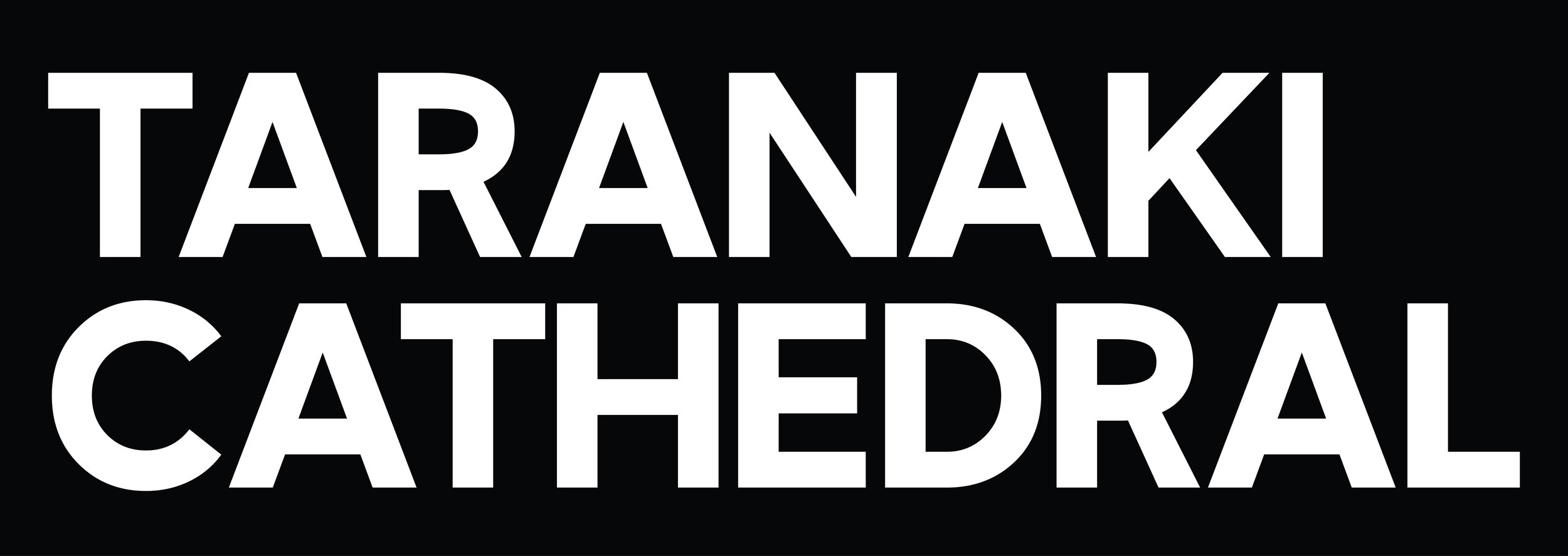Resurrection, wounds and all
This week's gospel reading, like last week's, narrates Jesus's post-resurrection appearance to his disciples. In this reading, we learn that Jesus shows his friends his wounds, wounds inflicted by the death-dealing logic of empire, wounds carried through into resurrected glory.
For many, the fact that Jesus bore the scars of execution on his resurrected body is an anathema (and much religious art and writing have sought to erase Jesus' wounds from the story). But Scripture is clear: Jesus didn't come back all shiny new; Christ's resurrection did not erase the memory of the past; in the aftermath of execution and resurrection, the scars remained. What might this mean, I wonder?
I read the other day that resurrection doesn't annihilate the past; it reconfigures it. Christ's wounds are (somehow) transformed by resurrection; they lose their power and point not to death but to the overcoming of death. It's as if Jesus says, "Look at my hands and feet. Look at my scars. It's me. And as you look at my wounds, remember this: the worst humanity can do to itself does not have the last word; empires do have the last word. Your wounds, too, can be reconfigured. Life is stronger than death." Wounds are healed, not erased. And maybe Jesus' wounds, which he carried forward into his resurrected future, say something about our resurrected future: our wounds are not erased but reconfigured, not buried and forgotten, no longer sources of shame but markers of life (Augustine said this about the scars the martyrs bore for Christ's names: "because it will not be a deformity, but a dignity in them; and a certain kind of beauty will shine in them.")
What might this mean for you, for us, and for the Taranaki Cathedral? In what ways is Christ inviting us to live in and out of Christ's resurrected reality here and now? When I think of the Taranaki Cathedral building project, I wonder how God (in partnership with us) might be asking us to resurrect it. Not in ways that erase the past but reconfigure it toward justice, peace, love, and hope. How might it bear the wounds of its past in ways that promote healing, hope, justice, and peace? How might it, like the resurrected Christ, be made new? Recognisable but also not recognisable (remember, Jesus, when he appeared to his disciples, wasn't always instantly recognisable; it was him, but he was different). And how might we also go on this journey, as individuals and as a church, of having our lives reconfigured, too (the journey of transformation of the Taranaki Cathedral might mirror our journey together)?
May we have the courage to face our wounded history, whatever that may be. May we face our past in the light of the resurrection, that life is stronger than death. And as we do, may we bear witness to Christ crucified and resurrected and reflect together something of God's reign on earth.
Grace and peace,
Revd. D
—————
Image: Sarah Lea West | Lectiovisio | VISIO LECTIO – An ancient-new, visual lectionary

